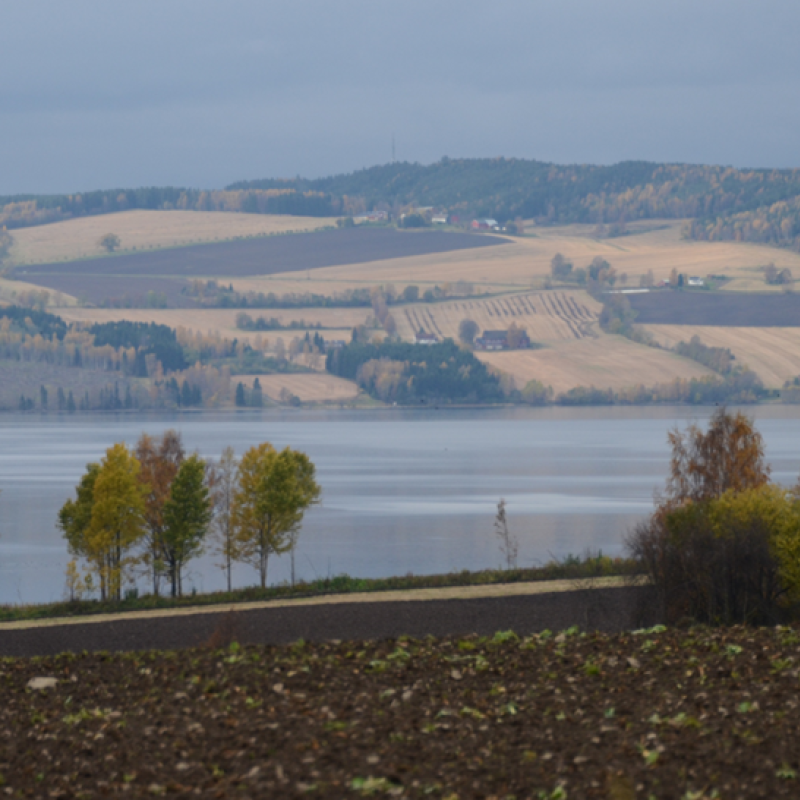Erik Solbu
Research Scientist
(+47) 975 84 012
erik.solbu@nibio.no
Place
Trondheim
Visiting address
Klæbuveien 153, bygg C 1.etasje, 7031 Trondheim
Abstract
1. We propose that the ecological resilience of communities to permanent changes of the environment can be based on how variation in the overall abundance of individuals affects the number of species. Community sensitivity is defined as the ratio between the rate of change in the log expected number of species and the rate of change in the log expected number of individuals in the community. High community sensitivity means that small changes in the total abundance strongly impact the number of species. Community resistance is the proportional reduction in expected number of individuals that the community can sustain before expecting to lose one species. A small value of community resistance means that the community can only endure a small reduction in abundance before it is expected to lose one species. 2. Based on long-term studies of four bird communities in European deciduous forests at different latitudes large differences were found in the resilience to environmental perturbations. Estimating the variance components of the species abundance distribution revealed how different processes contributed to the community sensitivity and resistance. Species heterogeneity in the population dynamics was the largest component, but its proportion varied among communities. Species-specific response to environmental fluctuations was the second major component of the variation in abundance. 3. Estimates of community sensitivity and resistance based on data only from a single year were in general larger than those based on estimates from longer time series. Thus, our approach can provide rapid and conservative assessment of the resilience of communities to environmental changes also including only short-term data. 4. This study shows that a general ecological mechanism, caused by increased strength of density dependence due to reduction in resource availability, can provide an intuitive measure of community resilience to environmental variation. Our analyses also illustrate the importance of including specific assumptions about how different processes affect community dynamics. For example, if stochastic fluctuations in the environment affect all species in a similar way, the sensitivity and resistance of the community to environmental changes will be different from communities in which all species show independent responses.
Abstract
This is an open access article under the terms of the Creative Commons Attribution License, which permits use, distribution and reproduction in any medium, provided the original work is properly cited.
Abstract
No abstract has been registered

